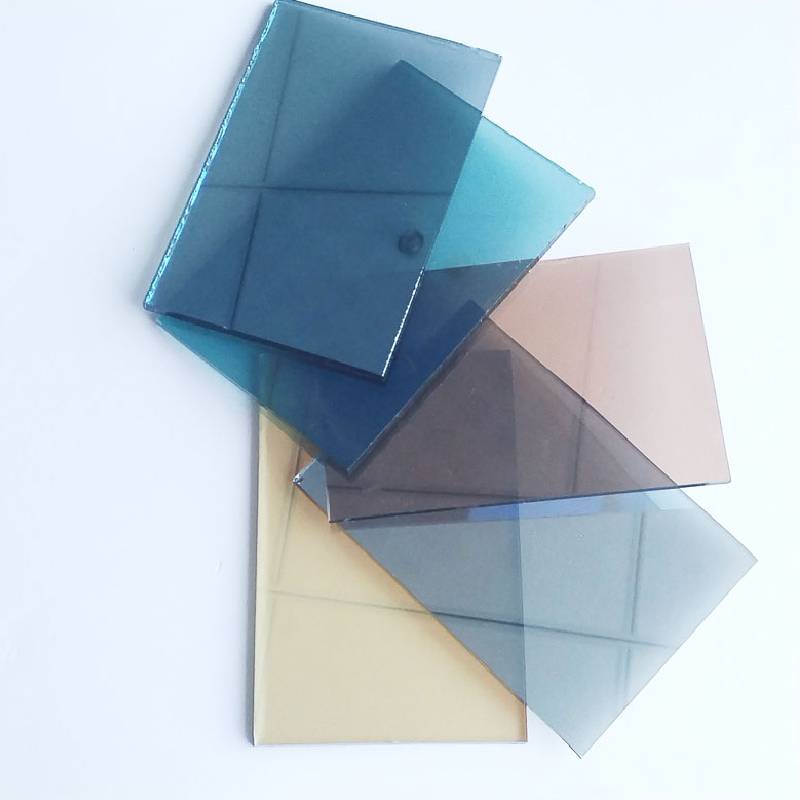An Overview of Clear Float Glass Prices in the Current Market
Clear float glass is a widely used material in various applications, ranging from residential windows to commercial building facades, glass furniture, and even automotive purposes. Its popularity stems from its excellent clarity, flat surface, and manufacturing versatility. Understanding the current pricing dynamics of clear float glass is crucial for manufacturers, builders, and consumers alike. This article explores the factors influencing clear float glass prices, recent trends, and future outlook.
Understanding Clear Float Glass
Clear float glass is produced by the float glass process, which involves floating molten glass on top of molten tin. This method results in glass that has a uniform thickness and an incredibly smooth surface. The properties of clear float glass make it an ideal choice for applications where transparency and aesthetics are paramount. Additionally, it has good light transmission and is often used in both residential and commercial buildings for windows, doors, and partitions.
Factors Influencing Prices
1. Raw Material Costs The primary raw materials for producing float glass include silica sand, soda ash, and limestone. Recent fluctuations in prices for these materials directly impact the manufacturing costs of clear float glass. For instance, increased demand for silica sand due to its use in various industries, including construction and tech manufacturing, can drive prices up.
2. Energy Costs The float glass production process is energy-intensive. Natural gas and electricity are critical for melting glass and maintaining high temperatures in furnaces. Rising energy costs, particularly during periods of high demand or geopolitical instability, can significantly affect the overall cost of clear float glass.
3. Supply Chain Disruptions The COVID-19 pandemic exposed vulnerabilities in global supply chains. Ongoing challenges, such as shipping delays, labor shortages, and material shortages, continue to affect the availability and cost of clear float glass. Manufacturers may face increased shipping costs, leading to higher prices for consumers.
4. Market Demand The demand for clear float glass often correlates with the construction and automotive industries. Increasing construction activities, fueled by urbanization and economic growth, tend to boost demand for glass products. Conversely, a slowdown in these sectors can lead to lower demand and, subsequently, lower prices.
clear float glass price
5. Technological Advancements Innovations in float glass manufacturing technology can affect production efficiency and cost. New methods that reduce energy consumption or improve production speed can lead to lower prices over time, benefiting consumers.
Recent Trends in Pricing
In recent years, the clear float glass market has experienced varying price trends. Following the initial disruptions caused by the COVID-19 pandemic, many manufacturers recovered, leading to a period of price stabilization. However, as global demand surged in 2021 and 2022, particularly due to increased construction activities in emerging markets, prices began to rise again.
The impact of inflation has also been notable. As general consumer prices increase, so do production costs, which can result in higher prices for clear float glass. Reports indicate that, overall, the price of clear float glass saw an increase of about 5-10% year over year for the past two years, with some regions experiencing even more significant spikes.
Future Outlook
Looking ahead, the price of clear float glass is expected to remain influenced by several key factors. Economic recovery post-pandemic is likely to continue fueling demand across the construction and automotive sectors, maintaining upward pressure on prices. Moreover, environmental regulations aimed at reducing carbon emissions in glass manufacturing could lead to additional costs being passed onto consumers.
Furthermore, geopolitical factors, including trade policies and tariffs on raw materials, may also play a critical role in shaping glass pricing in the coming years. Manufacturers that can adapt quickly to these changes, either through increased efficiency or alternative sourcing of materials, may be better positioned to control prices and maintain competitive advantages.
Conclusion
Clear float glass plays a critical role in various industries, and its pricing can be influenced by a myriad of factors from raw material costs to market demand. Understanding the dynamics of clear float glass pricing is essential for industry stakeholders. As the market continues to evolve, staying informed about these trends will be vital for anyone involved in construction, manufacturing, or related sectors. With the ongoing challenges and opportunities in the global market, clear float glass prices will continue to reflect the complex interplay of economic and environmental factors.
 Afrikaans
Afrikaans  Albanian
Albanian  Amharic
Amharic  Arabic
Arabic  Armenian
Armenian  Azerbaijani
Azerbaijani  Basque
Basque  Belarusian
Belarusian  Bengali
Bengali  Bosnian
Bosnian  Bulgarian
Bulgarian  Catalan
Catalan  Cebuano
Cebuano  Corsican
Corsican  Croatian
Croatian  Czech
Czech  Danish
Danish  Dutch
Dutch  English
English  Esperanto
Esperanto  Estonian
Estonian  Finnish
Finnish  French
French  Frisian
Frisian  Galician
Galician  Georgian
Georgian  German
German  Greek
Greek  Gujarati
Gujarati  Haitian Creole
Haitian Creole  hausa
hausa  hawaiian
hawaiian  Hebrew
Hebrew  Hindi
Hindi  Miao
Miao  Hungarian
Hungarian  Icelandic
Icelandic  igbo
igbo  Indonesian
Indonesian  irish
irish  Italian
Italian  Japanese
Japanese  Javanese
Javanese  Kannada
Kannada  kazakh
kazakh  Khmer
Khmer  Rwandese
Rwandese  Korean
Korean  Kurdish
Kurdish  Kyrgyz
Kyrgyz  Lao
Lao  Latin
Latin  Latvian
Latvian  Lithuanian
Lithuanian  Luxembourgish
Luxembourgish  Macedonian
Macedonian  Malgashi
Malgashi  Malay
Malay  Malayalam
Malayalam  Maltese
Maltese  Maori
Maori  Marathi
Marathi  Mongolian
Mongolian  Myanmar
Myanmar  Nepali
Nepali  Norwegian
Norwegian  Norwegian
Norwegian  Occitan
Occitan  Pashto
Pashto  Persian
Persian  Polish
Polish  Portuguese
Portuguese  Punjabi
Punjabi  Romanian
Romanian  Russian
Russian  Samoan
Samoan  Scottish Gaelic
Scottish Gaelic  Serbian
Serbian  Sesotho
Sesotho  Shona
Shona  Sindhi
Sindhi  Sinhala
Sinhala  Slovak
Slovak  Slovenian
Slovenian  Somali
Somali  Spanish
Spanish  Sundanese
Sundanese  Swahili
Swahili  Swedish
Swedish  Tagalog
Tagalog  Tajik
Tajik  Tamil
Tamil  Tatar
Tatar  Telugu
Telugu  Thai
Thai  Turkish
Turkish  Turkmen
Turkmen  Ukrainian
Ukrainian  Urdu
Urdu  Uighur
Uighur  Uzbek
Uzbek  Vietnamese
Vietnamese  Welsh
Welsh  Bantu
Bantu  Yiddish
Yiddish  Yoruba
Yoruba  Zulu
Zulu 

